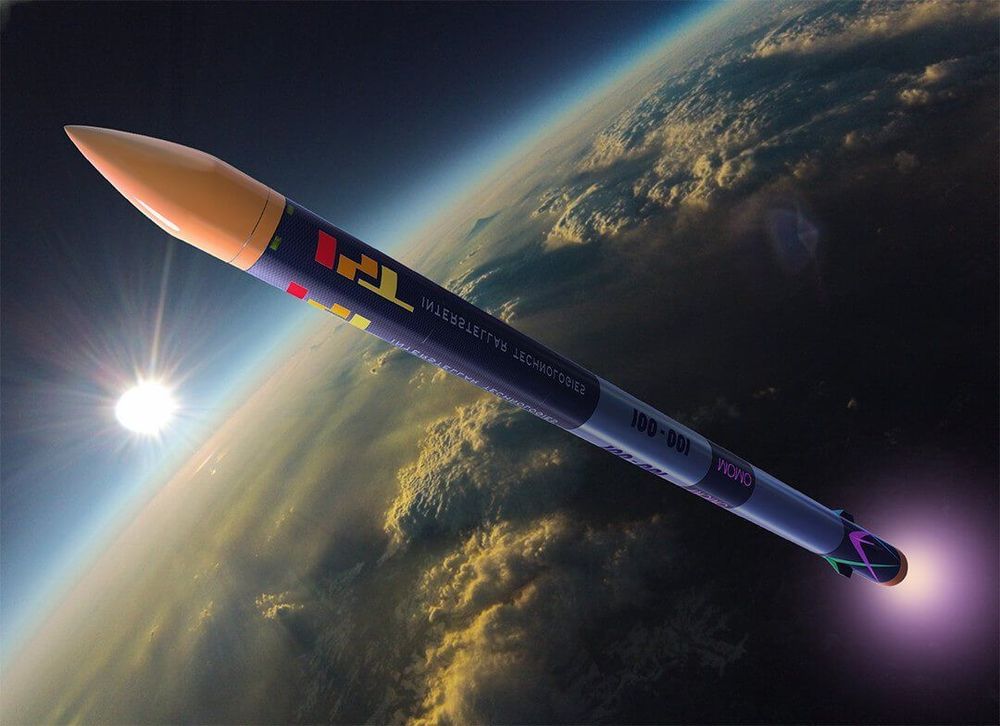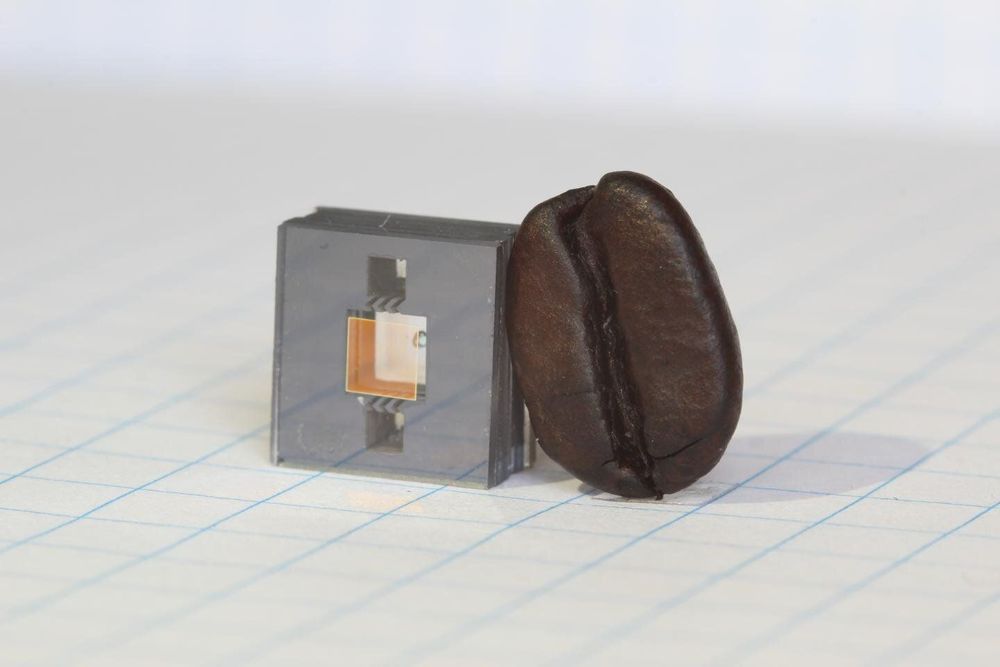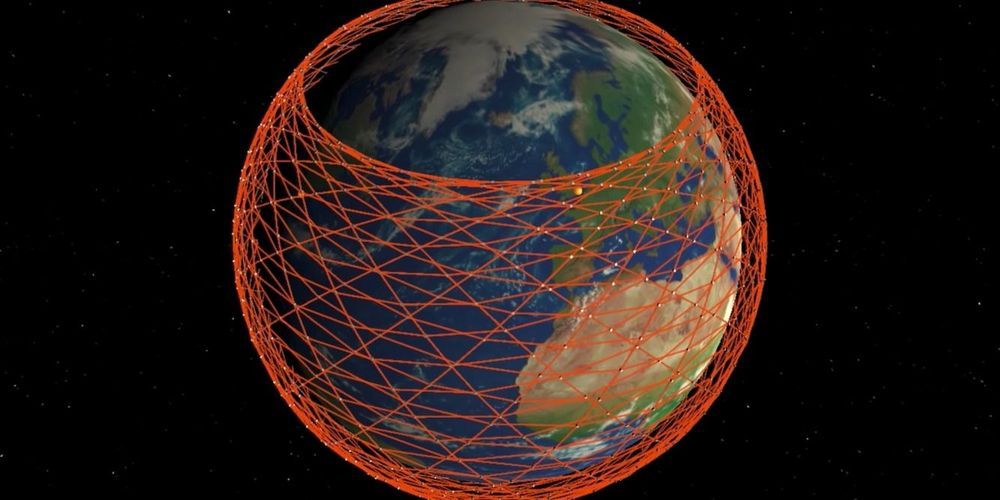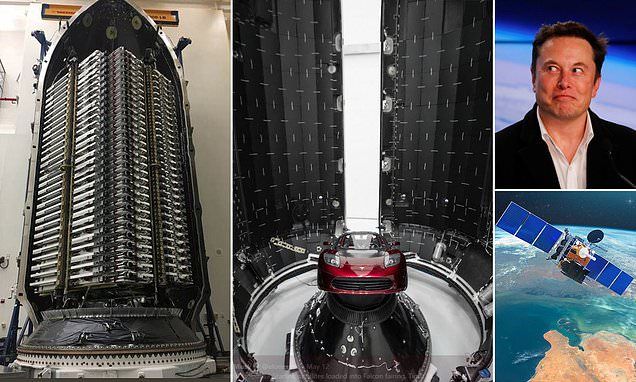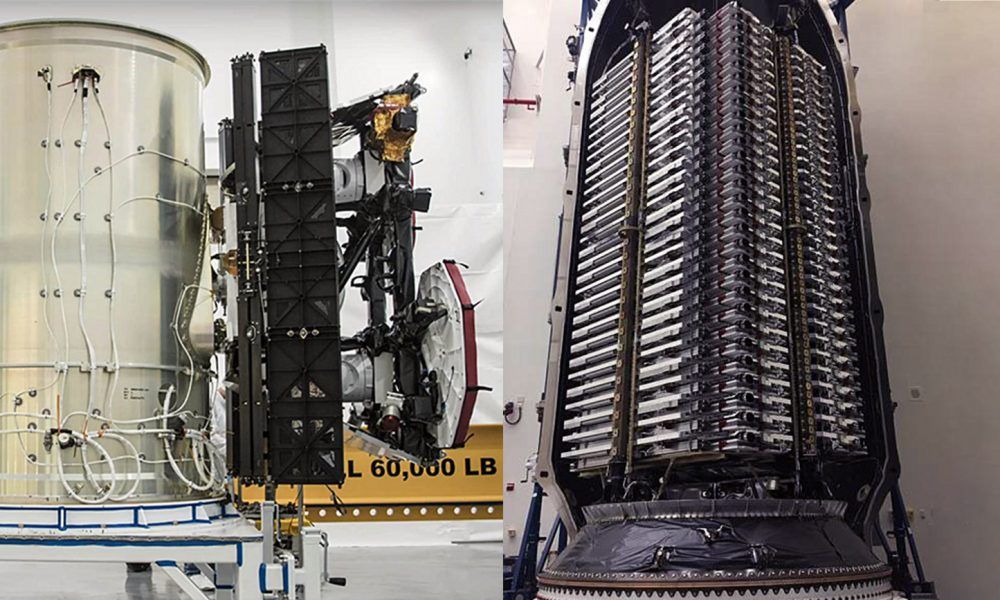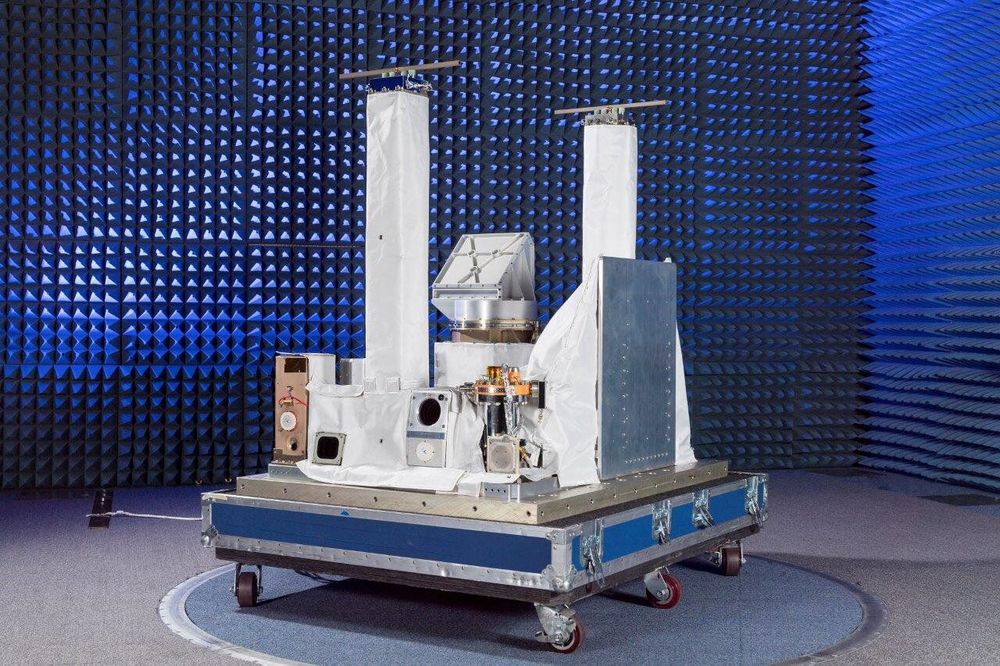SpaceX is already a household name around the globe, but there’s no shortage of other startups vying for their slice of the private spaceflight pie. Companies like the Jeff Bezos-led Blue Origin are doing some pretty impressive things, and a relatively new startup out of Japan just hit a big milestone as well.
The company, named Interstellar Technologies Inc, launched its MOMO-3 rocket into space over the weekend, reaching an altitude of over 100 kilometers before running out of steam and tumbling back down to Earth. The rocket, which is part of the company’s long-term plan of providing satellite launch services to commercial partners, is built using many parts that are readily available from a variety of manufacturers.
